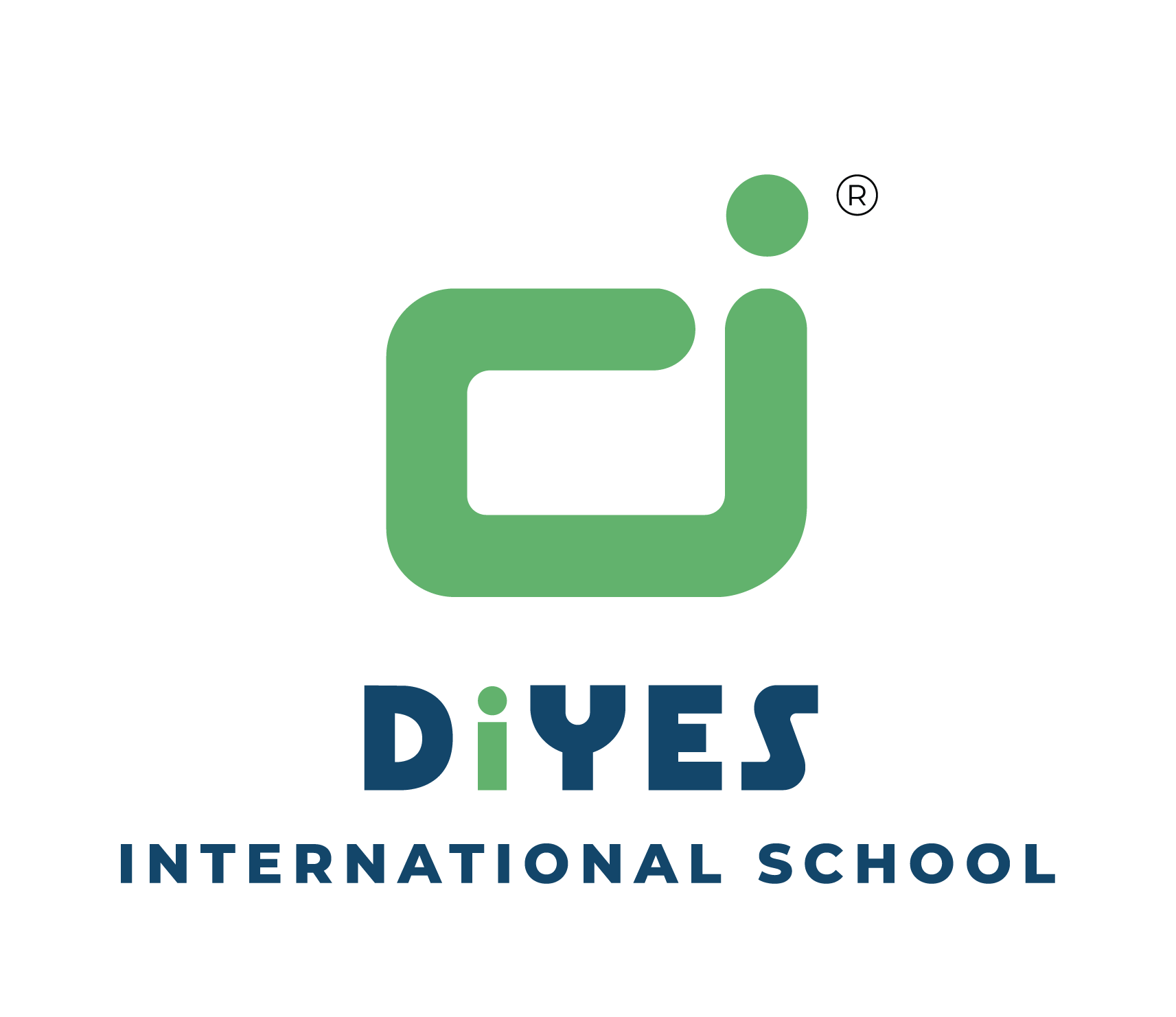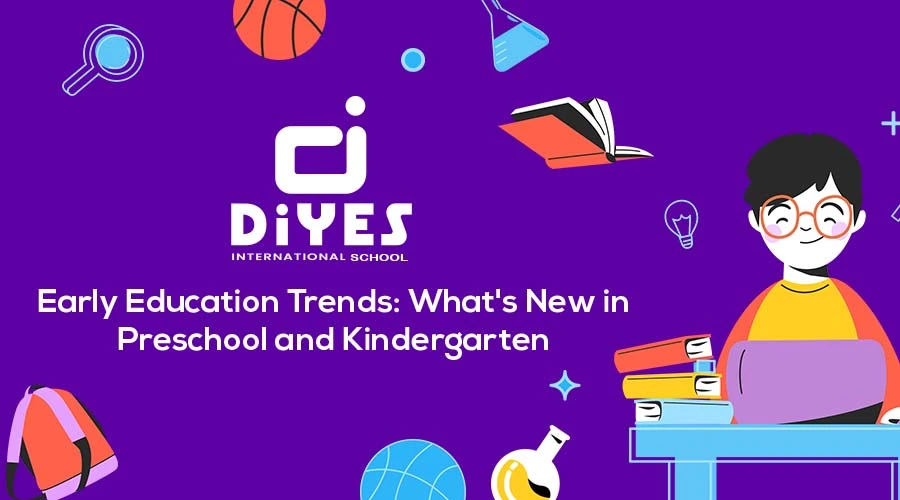The landscape of early childhood education is undergoing a transformative evolution, responding to the ever-changing needs of our young learners. In this exploration, we delve into the latest trends that are shaping the future of preschool and kindergarten education in 2024. From innovative pedagogical approaches to technological integrations, these trends are not merely adapting to change but actively driving it, ushering in an era of dynamic and impactful early education.

Embark on a comprehensive journey through the dynamic realm of early education as we dissect and delve into the latest trends in preschool and kindergarten. This exploration spans innovative teaching methodologies, current technological integrations, and the evolving landscape of early childhood education in 2023. Brace yourself for an in-depth look at the currents shaping the formative years of our children.
Holistic Developmental Approaches in Early Education
In the pursuit of preparing our youngest learners for the challenges of the future, early education trends have shifted towards holistic developmental approaches. Recognizing that education goes beyond traditional academics, these methodologies aim to nurture well-rounded individuals by addressing physical, emotional, social, and cognitive aspects.
a) Incorporating Emotional Intelligence: The emotional well-being of a child is now at the forefront of early education trends. Programs are integrated activities that help children understand and manage emotions, laying the groundwork for healthy emotional development. These initiatives include age-appropriate discussions on emotions, role-playing scenarios, and creating a supportive environment where expressing feelings is encouraged.
Emotional intelligence is now acknowledged as a fundamental aspect of a child’s development. Recognizing and understanding one’s emotions, as well as those of others forms the basis of this trend. Early education programs are actively incorporating age-appropriate activities to foster emotional intelligence. These activities may include regular check-ins where children express their feelings, discussions about different emotions and their triggers, and engaging in role-playing scenarios to navigate various emotional situations.
b) Physical Literacy Programs: Movement and physical activity are not only recognized as vital for physical health but also crucial for cognitive development. Schools are adopting structured physical literacy programs, providing activities that promote motor skills, coordination, and a love for an active lifestyle. From dance classes to yoga sessions, these programs contribute to the overall well-being of young learners.
Physical Literacy Programs: Physical literacy is emerging as a key component of holistic education. Recognizing the intrinsic connection between physical activity and cognitive development, schools are implementing well-structured physical literacy programs. These programs go beyond mere physical exercise; they are designed to enhance motor skills and coordination and promote a positive attitude toward an active lifestyle. Dance classes, yoga sessions, and age-appropriate sports activities are integral parts of these programs, contributing not only to physical health but also to the overall well-being of young learners.
Technological Integrations in Early Learning Environments
In an age where technology is an integral part of daily life, early education is embracing the digital frontier to enhance learning experiences. From interactive learning apps to virtual field trips, educators are leveraging technology to captivate young minds and provide a contemporary educational journey.
a) Interactive Learning Apps: Educational apps designed specifically for preschoolers and kindergarteners are gaining prominence. These apps employ gamified elements, making learning enjoyable and effective. These interactive tools cater to individualized learning paths, ensuring that each child progresses at their own pace. From alphabet games to math challenges, these apps make learning engaging and personalized.
The advent of educational apps tailored for preschoolers and kindergarteners marks a paradigm shift in early education. These apps are meticulously designed to be interactive, engaging, and aligned with the developmental stages of young minds. Gamification elements, such as rewards and challenges, are strategically integrated to make learning a fun and motivating experience. Educators leverage these apps to reinforce foundational concepts like letters, numbers, and basic problem-solving skills, ensuring a seamless integration of technology into the early learning environment.
b) Virtual Field Trips: The concept of field trips has transcended physical boundaries. Virtual field trips allow children to explore diverse environments, cultures, and historical settings from the comfort of their classrooms.

Whether it’s virtually visiting a museum or exploring the depths of the ocean, these experiences broaden their horizons and make learning more immersive.
Traditional field trips have taken a virtual twist, bringing the world into the classrooms. Virtual field trips use technology to transport children to places they might not physically visit. Whether it’s exploring ancient civilizations, witnessing natural wonders, or understanding cultural diversity, virtual field trips provide a rich and immersive learning experience. Teachers curate these virtual journeys to complement the curriculum, offering a visual and interactive dimension to theoretical concepts.
Inclusive and Diverse Curriculum Design
Recognizing the richness that diversity brings to the learning experience, early education trends are steering towards inclusive and diverse curriculum designs. These initiatives aim to create an educational environment that not only accepts but also celebrates differences in cultures, abilities, and backgrounds.
a) Culturally Responsive Teaching: Curriculum designs incorporate elements that reflect the cultural diversity of students. From literature to history lessons, educators are infusing materials that represent various cultures. This approach not only provides students with a broader perspective but also fosters a sense of pride in one’s cultural identity.
In a globalized world, early education recognizes the importance of preparing students to thrive in diverse environments. Culturally responsive teaching involves incorporating materials and teaching methods that reflect the cultural backgrounds of the students. From diverse literature that represents various ethnicities to history lessons that encompass global perspectives, educators strive to create a curriculum that resonates with the experiences of all students. This approach not only fosters a sense of inclusivity but also equips students with a broader understanding of the world.
b) Integration of Special Education Practices: Inclusive education extends to children with diverse learning needs. Schools are increasingly adopting practices from special education to ensure that every child, regardless of abilities, receives tailored support. This may include differentiated instruction, sensory-friendly classrooms, and additional resources to accommodate various learning styles.
Inclusive education goes beyond cultural diversity to encompass students with diverse learning needs. Recognizing the unique strengths and challenges of each child, schools are integrating practices from special education into mainstream classrooms. This involves adopting differentiated instruction methods to cater to various learning styles, creating sensory-friendly environments to accommodate students with sensory sensitivities, and providing additional resources and support for those who require extra assistance. The goal is to ensure that every child, regardless of ability, has equal access to quality education.
Project-Based Learning and Experiential Education
Project-based learning and experiential education have gained traction as effective pedagogical approaches in early education. These methodologies emphasize hands-on experiences, encouraging children to explore, inquire, and construct knowledge actively.
a) Real-World Application of Concepts: Project-based learning connects theoretical concepts to real-world applications. Students engage in projects that require critical thinking, problem-solving, and collaboration. Whether it’s creating a mini garden to understand plant growth or designing a simple machine, these projects provide tangible contexts for learning.
Project-based learning redirects attention from memorizing facts to applying knowledge in practical scenarios. Students delve into projects that require them to apply theoretical concepts in real-world scenarios. For example, a project on plant growth may involve creating a mini garden. Through hands-on experiences like planting seeds, observing the growth process, and understanding the factors influencing it, students gain a deeper and more nuanced understanding of the subject. This approach not only enhances their academic knowledge but also hones their critical thinking and problem-solving skills.
b) Outdoor and Nature-based Education: Recognizing the importance of outdoor experiences, schools are incorporating nature-based education into their curriculum.

From outdoor classrooms to nature walks, these experiences not only enhance academic learning but also instill a sense of environmental stewardship. Children learn about sustainability, the importance of biodiversity, and their role in preserving the planet.
Nature-based education recognizes the importance of the outdoors in a child’s holistic development. Schools are incorporating outdoor classrooms, nature walks, and hands-on experiences with the natural environment into their curriculum. These activities not
only provide a refreshing break from traditional classroom settings but also offer numerous learning opportunities. Whether it’s observing local flora and fauna, understanding ecosystems, or simply experiencing the changing seasons, outdoor and nature-based education fosters a sense of environmental stewardship. Children learn about sustainability, the importance of biodiversity, and their role in preserving the planet.
Conclusion: Charting the Path Forward in Early Education
As we conclude this extensive exploration of early education trends, it is evident that the landscape is dynamic and responsive to the evolving needs of our youngest learners. From fostering holistic development to leveraging technology and embracing diversity, the trends of 2023 pave the way for an exciting and innovative era in early childhood education.
At DiYES International School, we recognize the significance of staying at the forefront of these trends to provide a cutting-edge learning experience for our students. Our commitment to fostering holistic development is reflected in our curriculum, which seamlessly integrates academic excellence with social-emotional learning. By embracing innovative teaching methods and leveraging technology, we aim to create an engaging and dynamic educational environment that prepares students for the challenges of the future.
Additionally, our dedication to diversity ensures that our classrooms are inclusive spaces where every child feels valued and represented. As we chart the path forward, DiYES International School remains dedicated to being a beacon of educational excellence and a model for the progressive trends shaping early education in 2023 and beyond. If you’re curious about how these trends are shaping the educational experience at DiYES International School, explore more on our website at www.diyesinternational.edu.in or connect with us directly at +91 8547609000.


